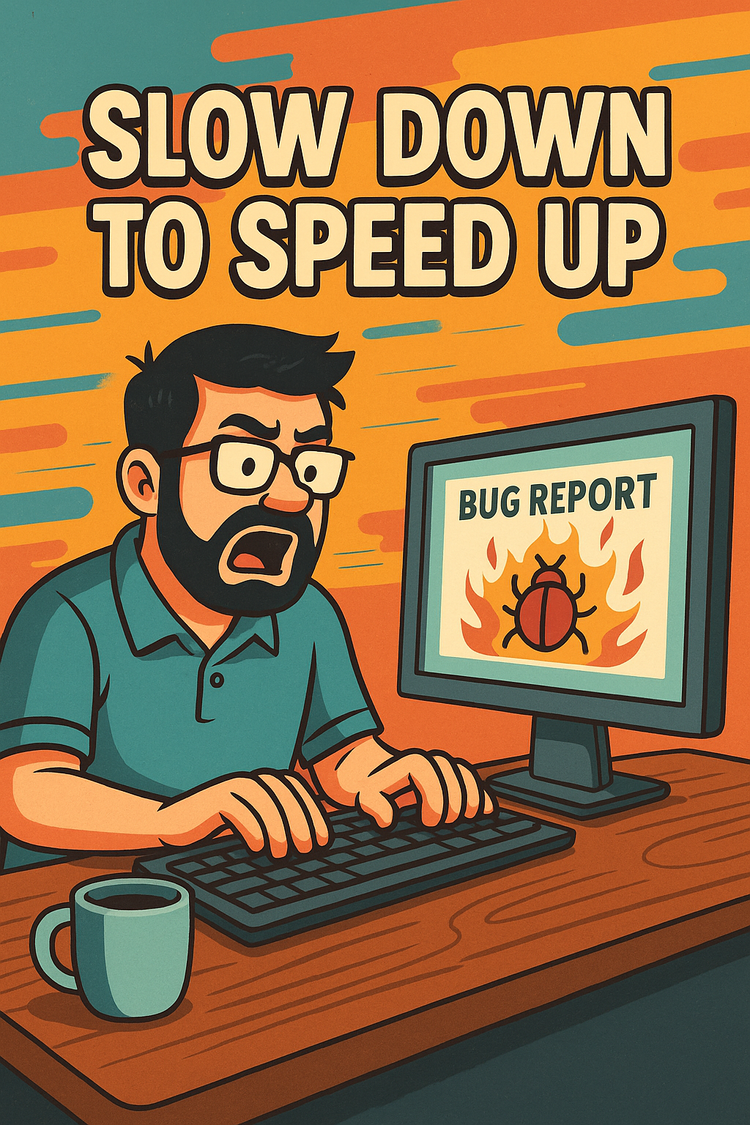What Nobody Tells You About Leading Former Peers
Being promoted inside your own team changes more than your job title. It quietly rewrites the rules of every relationship you already have, and nobody tells you what those new rules are.
The Difference Between Being Busy and Being Valuable
Being busy feels productive. Being valuable actually is. Here’s how leaders accidentally confuse motion with impact, and how to fix it without burning out your team.
I Launched a Podcast (Because Tech Leadership Deserves Better)
I launched a new podcast called Lead Don’t Ctrl because too many engineers are promoted into leadership roles without real guidance on what the job actually is.
Hard Work Isn’t the Problem, Misplaced Effort Is
Hard work is supposed to move your career forward. But for many developers, it stops working, and no one explains why. This post explores the quiet shift that happens as careers mature, and why effort alone isn’t what leads to senior roles.
I Finally Launched a YouTube Channel (And Yes, It’s Actually About Leadership)
I just launched my YouTube channel! You’ll find leadership shorts and long-form videos packed with real-world guidance for developers and tech leads. Subscribe and follow along as I take everything I’ve learned leading engineering teams and bring it to video.















